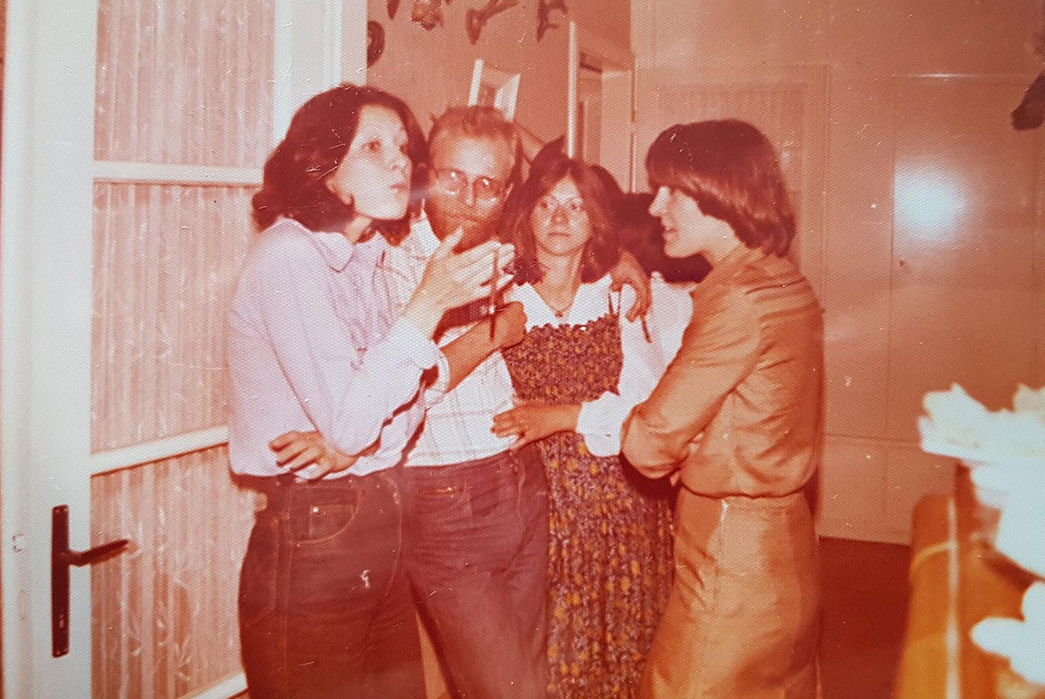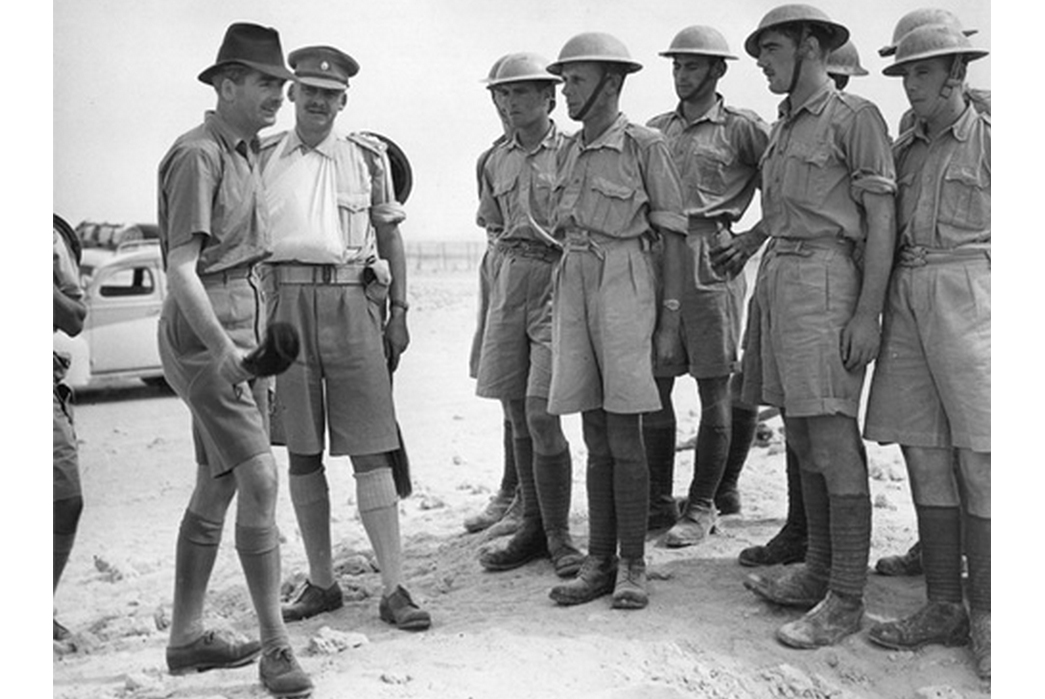- Heddels
- Posts
- The Untold Story of Huaraches – Mexico’s Native Sandal - Iron & Resin
The Untold Story of Huaraches – Mexico’s Native Sandal - Iron & Resin
Together With
The Untold Story of Huaraches – Mexico’s Native Sandal
We look back at the Huarache, the traditional Mexican woven leather sandal which has graced the feet of Meso-Americans for hundreds of years.
Albert Muzquiz

Perhaps the most compelling and enduring theme of Mexican history is the perseverance of indigenous peoples against great odds. The country’s ruling classes, colonizing or not, have sought to scrub away any last traces of the pre-Columbian past for hundreds of years, and yet it remains!
It is in this context that we can fully appreciate the huarache, the intricate, handmade sandals that have existed in Mexico and Central America since before the first colonist’s arrival.
History of the Huarache

The Alcapayo. Image via Huarache Blog.
The problems we face when delving into the huarache are the same as researching any other aspect of pre-Columbian Meso-American life, which is simply that much of the history has been destroyed. We know that the huarache sandal began life as a humbler piece of clothing, much more like the alcapayo pictured above, than the modern woven versions.
As we mentioned in our history of flip flops, the sandal is a logical answer to life in hot and humid environments that can’t simply be traced back to one specific group of people or place. While the huarache’s name comes from the Tarascan language spoken by the Purépecha people of Jalisco, three other regions of Mexico are cited as having had influence on the evolution of the modern huarache.
The huarache is often attributed to the Mayan peoples in present-day Yucatan, but the majority of regions best associated with this sandal (like modern-day Jalisco) were constantly at war with the Aztec empire. So whichever region you believe invented this sandal, its creators likely had fairly regular contact with the two greatest Meso-American civilizations.
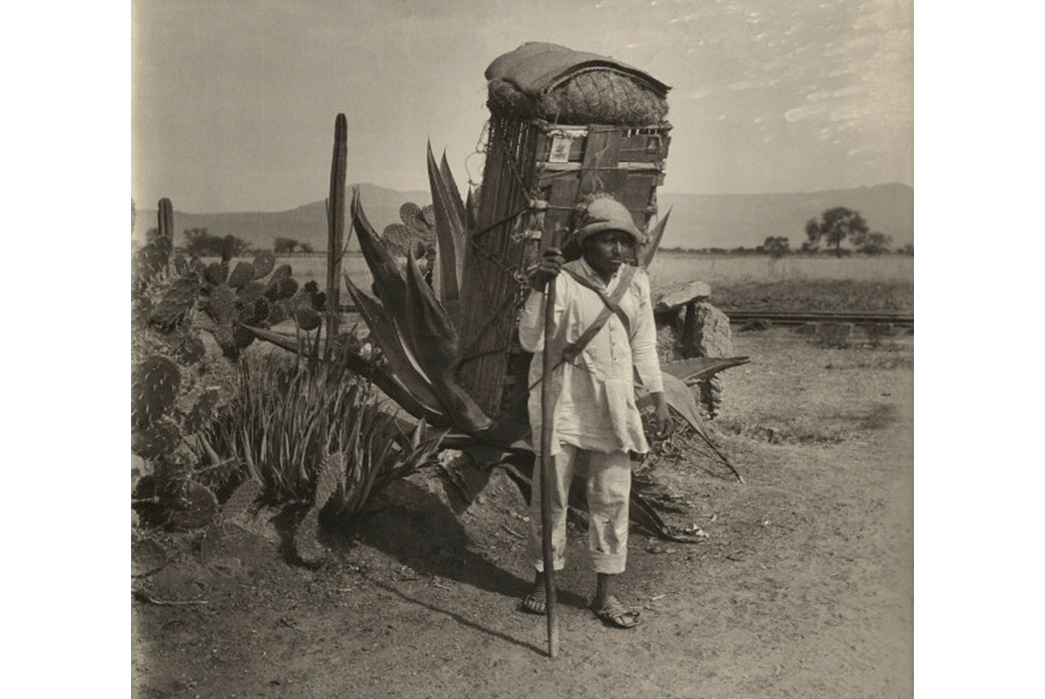
Peon working on a hacienda. Image via Huarache Blog.
In the above image you can see the characteristic woven leather upper of the huarache as worn by a worker on a hacienda. At its most basic, the huarache is this leather upper, woven with a single piece of material through the last and holes in the sole.
The Spanish occupation of Mexico at least allowed for new materials in the sandal. Before the conquest, sandals had been made from untanned deer leather, but with the introduction of cattle and European-style tanning, light-colored cow leathers became the most popular choice.
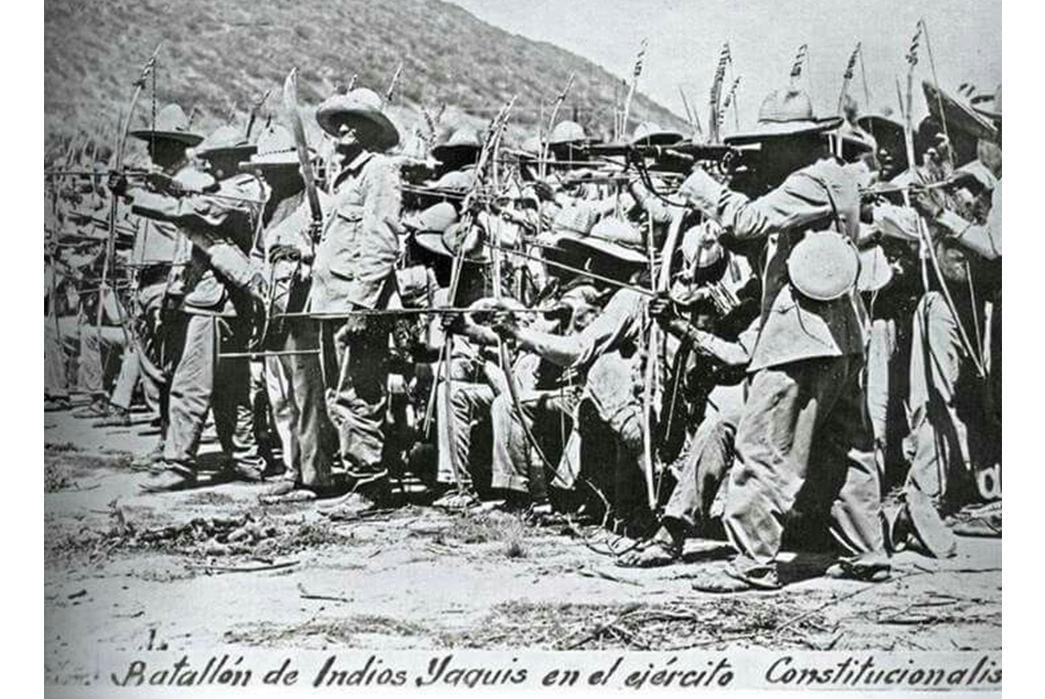
Yaquis Indians wearing huaraches.
The huarache took a turn for the more complex, but the reasons for this change are unclear. Early on, huaraches were so simple, they could be made easily by the wearer, but at some point, their weave became an art form, an art so complicated that the weaver can’t improvise the trademark “pata de gallo” pattern.
Most saddlers and leather workers could make these sandals, but indigenous peoples (like the Yaquis above) who were forced to work as peons on haciendas or in labor camps, didn’t exactly have much extra cash on hand for shoes.
/ In Partnership with Iron & Resin /
There’s just something about corduroy outerwear that really hits different, isn’t there? The instant texture straight out of the box, the history spanning back to ancient Egypt, and the hundreds of fuzzy wales ready to mop up evidence of all of your adventures.
Iron & Resin’s trusted Rambler Jacket has landed in a quarter of corduroy colorways. With more rugged 1970s Western charm that you can shake a Lynyrd Skynyrd LP at, this is the non-denim trucker your wardrobe is missing. Modelled after classic Levi’s trucker jackets, this edition of the Rambler is made from a 14-wale corduroy woven from 100% cotton. It’s built with double needle construction throughout and comes with additional hand-warmer welt pockets at the hips, adjusting tabs at the waist, and the prerequisite dual chest pockets.
Get yours now at Iron & Resin for $125.
The Evolving Art of Huaraches
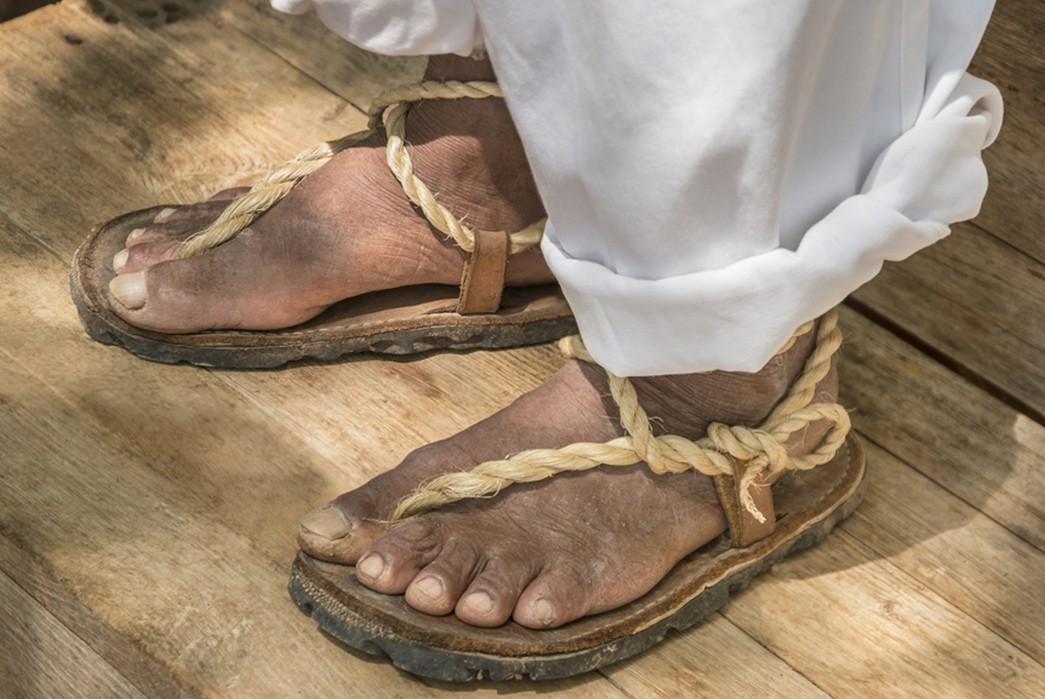
Tire tread soles. Image via Culture Trip.
The huarache changed in the 1930s with the availability of tire treads. Cut-up tires made for cheaper and more effective soles, although in this iteration, there was usually less woven leather on top. The tire tread huarache was a callback to an earlier version of the sandal, before the weaving became so complex that only artisans could make them. Rubber soles also made sense for urban life, because previous leather outsoles and hobnailed sandals didn’t have very good grip on cobblestone city streets.
The tire tread phase was proof that the huarache could survive any and all environmental and design changes thrown its way. But this phase was also evidence of the stratification of the huarache. The simplest, handmade leather and rope versions were worn by the poor, and the fancy woven versions were made custom for middle and upper-class city dwellers.
Huaraches Today

Huaracheros (huarache makers) in Jalisco. Image via Huarache Blog.
The huarache is alive today, but not necessarily doing well. The last of the huaracheros are still making beautiful woven huaraches, but their number has dwindled significantly. Huaraches are still made the old-fashioned way, by softening veg-tanned leather in oil and water over night and weaving the pliable leather onto a leather sole.
The Huarache Blog, which has supplied much of the information for this article, has assembled a huarache directory, which keeps a running list of all the huaracheros across Mexico and the world. The directory is an invaluable resource, not only because it gives you access to authentic shoe-makers all over Mexico, but also shows the sheer variety of huarache styles available.
Mexican workers may no longer wear huaraches on job sites, as mass-produced sneakers and sandals have become far more accessible, but fashion-inclined folks all over the world are wearing these hand-crafted sandals in the summer months.

Nike Huarache via GOAT.
Unfortunately, many people only know the word huarache from Nike’s sneaker of the same name. As you can see, there is little to no actual inspiration from the centuries of Mexican and Meso-American footwear involved in the modern sneaker (other than the back strap, but that’s a bit of a reach).
Is it Okay for (not Mexican) Me To Wear These?
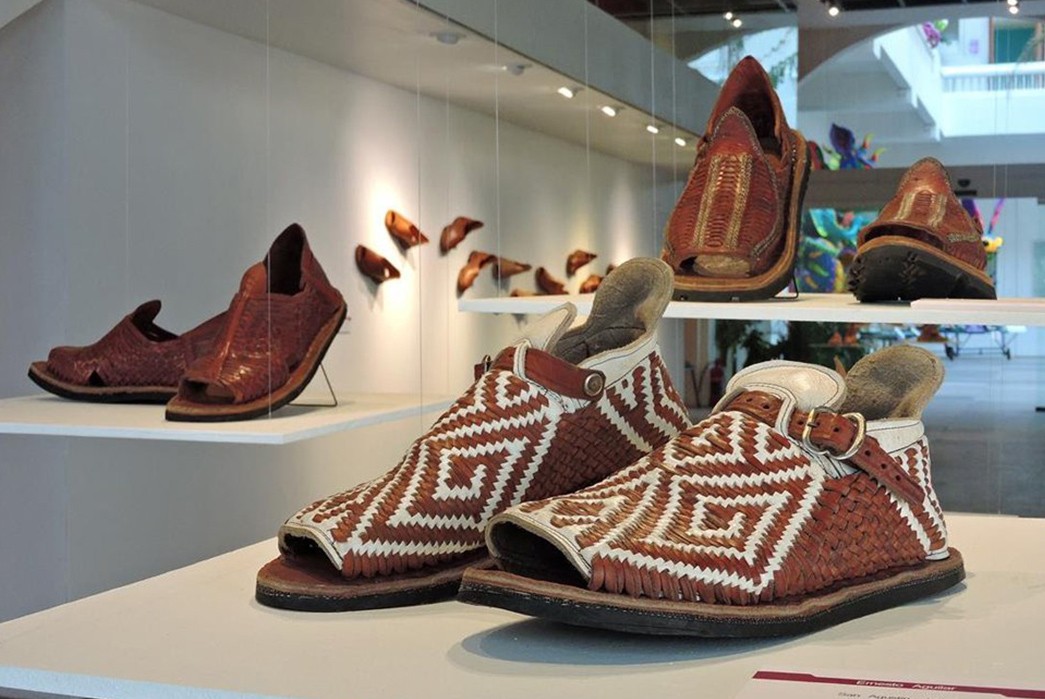
Huaraches finos. Image via Chilango.
I don’t see why not. There is, however, a conscientious way to consume huaraches.
Track down an artisan at home or abroad who does justice to this ancient and complex piece of footwear and support their art! Learn more about this history while you’re at it. Everyone is anxious to tie huaraches back to Mexico’s most ancient residents, but the footwear is really about the hundreds of years of resistance to and compromise with the country’s various invaders and rulers.
Lucky for you, some conscientious brands, like Yuketen offer traditional huaraches (with a Vibram twist), which, like many of their shoes, are bench-made by Mexican artisans. Chamula also offers huaraches made by real Mexican artisans in several men’s and women’s styles, all of which simultaneously allude to the shoes’ rich history and give the sandals some modern flourishes. We’ve included some options from these makers below:
Yuketen Alejandro Brown Huarache Sandals, available for $298 from Blue Beach Denim.
Chamula Cancun Huarache, available for $187 from STAG.
Chamula Polancho Huarache, available for $198 from STAG.
Like this? Read these:
What did you think of today's newsletter? |






